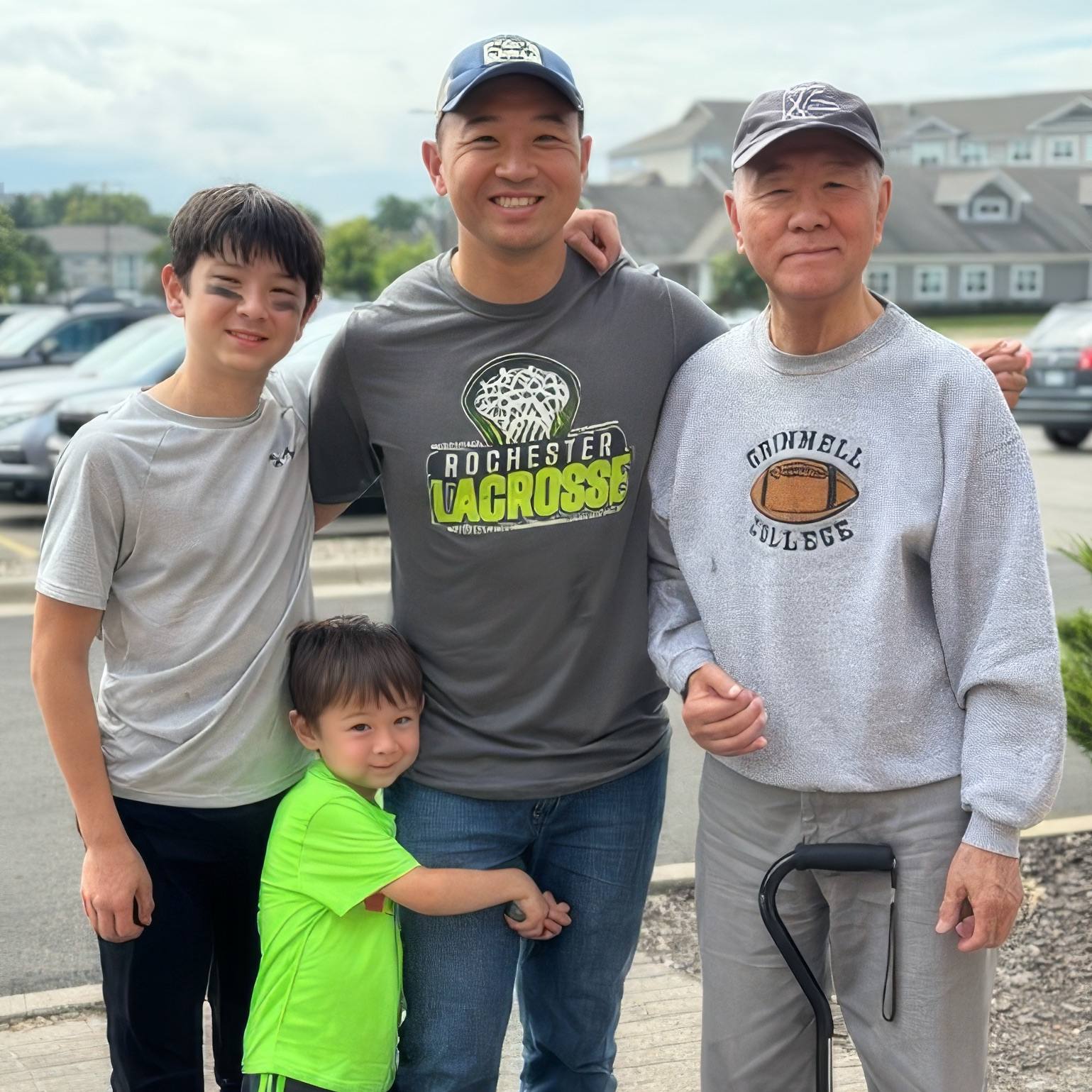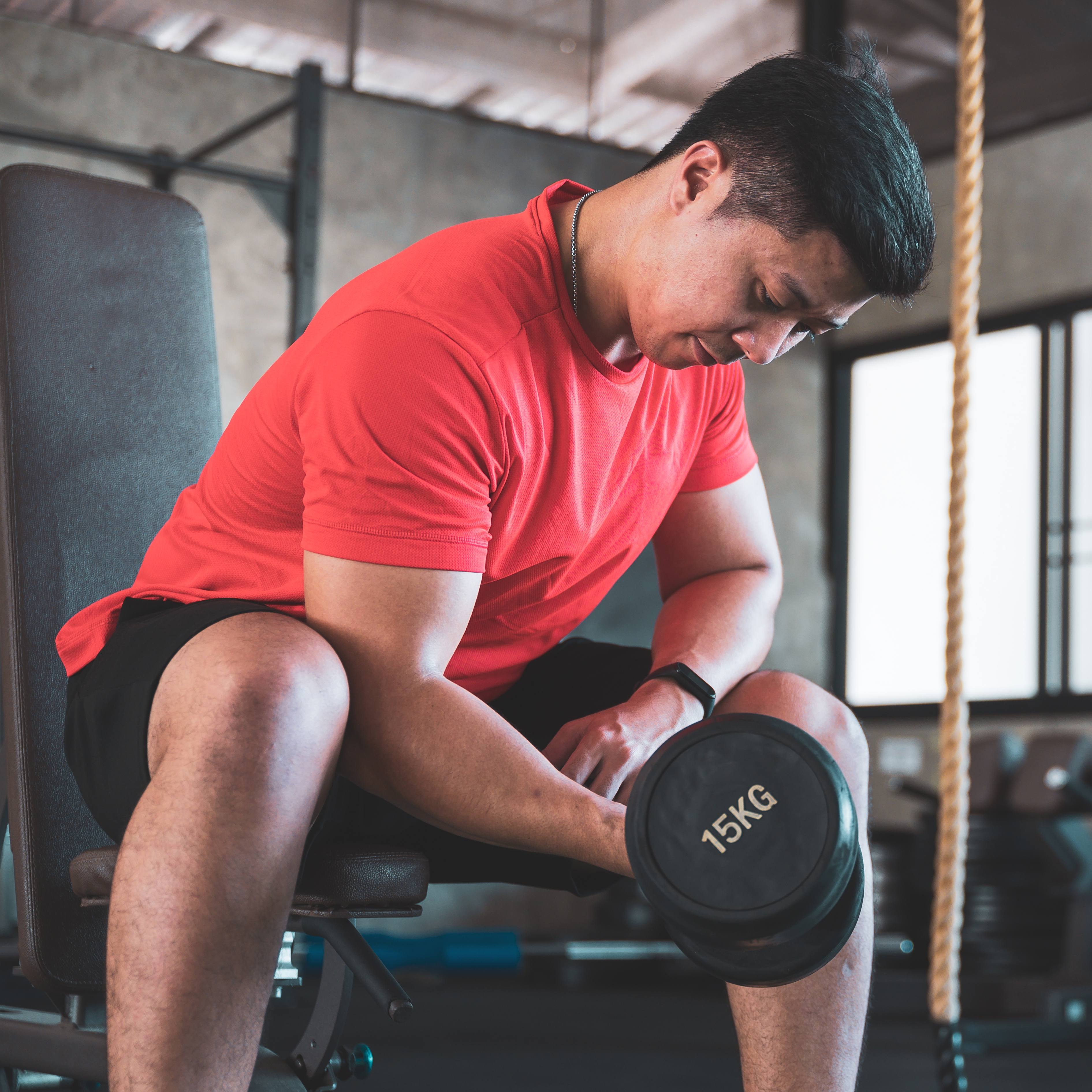
Over two years ago, a devastating hip condition and a misdiagnosis threatened to sideline a young high school basketball player for good. But thanks to advanced medical expertise and innovation at Mayo Clinic, the 16-year-old prep star in North Carolina is back in the game — stronger, more determined and inspiring others with his comeback story.
Jason Howland has his story.
Watch: Mayo Clinic restores hoop dreams for teen athlete
Journalists: Broadcast-quality video (2:44) is in the downloads at the end of this post. Please courtesy: "Mayo Clinic News Network." Read the script.
Watch him on the court, and it’s clear that 16-year-old Roman Solheim loves playing basketball.
"I love the competitive nature, just competing and having fun with my guys," he says.
A 6-6 high school sophomore in Greensboro, North Carolina, Roman has high hopes for the future. "I want to go to a D1 school, preferably a high major, and become an engineer," he says.
But three years ago, those hoop dreams were nearly deflated by a subtle hitch in his step.
"We couldn't figure out anything because he, being Roman, didn't say too much. He didn't really complain about it," says Kristie Solheim, Roman's mother.
"I was just limping, not moving the same way that I usually do," Roman says.
"He went through some therapy, and he started playing again, but his limping was more pronounced at that point. And then it started to be painful," says Brent Solheim, Roman's father.
Roman's doctors diagnosed him with avascular necrosis, a lack of blood supply to the bone. "There's not a good treatment for it. He has to stop playing all sports to preserve his hip as long as possible, and he's looking at a hip replacement in 10 years," Brent says.
"It's crazy. It just wrecked my world, basically," Roman says.
"We said, 'We're going to get a second opinion at Mayo.' And that's what we did," Brent says.
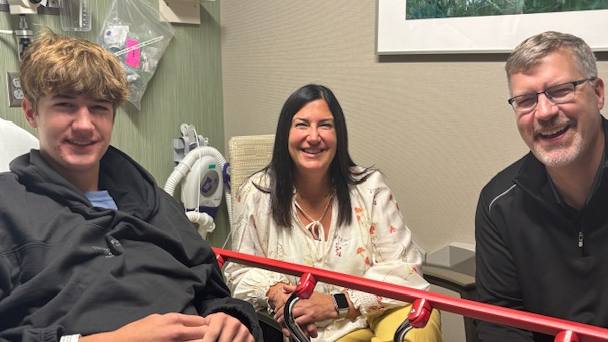
A multidisciplinary team of experts at Mayo Clinic in Rochester, Minnesota, quickly determined the true cause of Roman's limp and hip pain.
"They said I had chondroblastoma, which is a benign bone tumor on my femoral head," Roman says.
"The tumor was inside his femoral head, the ball in the socket joint. It is a rare tumor, but especially for younger patients with open growth plates, it's something that we see commonly here," says Dr. Emmanouil Grigoriou, a Mayo Clinic hip preservation surgeon.

Dr. Grigoriou performed the surgery to remove Roman's tumor. "We were able to surgically and safely dislocate the hip so we can actually take the ball out of the socket, so we can see exactly the tumor, remove it in its entirety, and then put in extra bone — just to let it and help it heal — and then put everything back in place," he says.
A key component of surgical planning and the procedure itself was a 3D-printed replica of Roman's ball-and-socket joint created by the Anatomic Modeling Unit at Mayo Clinic.
"The green is Roman's tumor, and this is a model of his very specific hip with his very specific tumor," says Dr. Grigoriou as he displays the replica of Roman's femoral head.
Two years after the tumor was removed, Roman is back on the court and better than ever. "I can jump a lot higher now," Roman says.
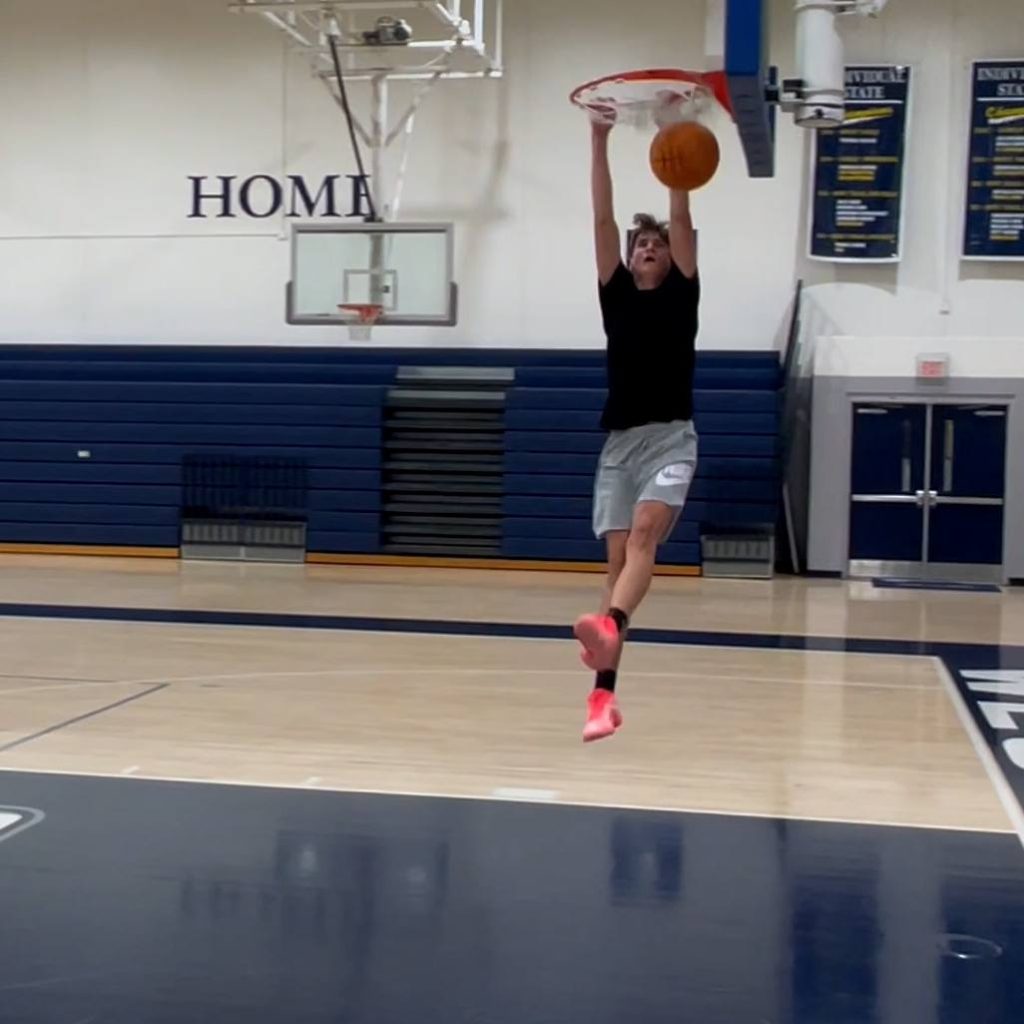
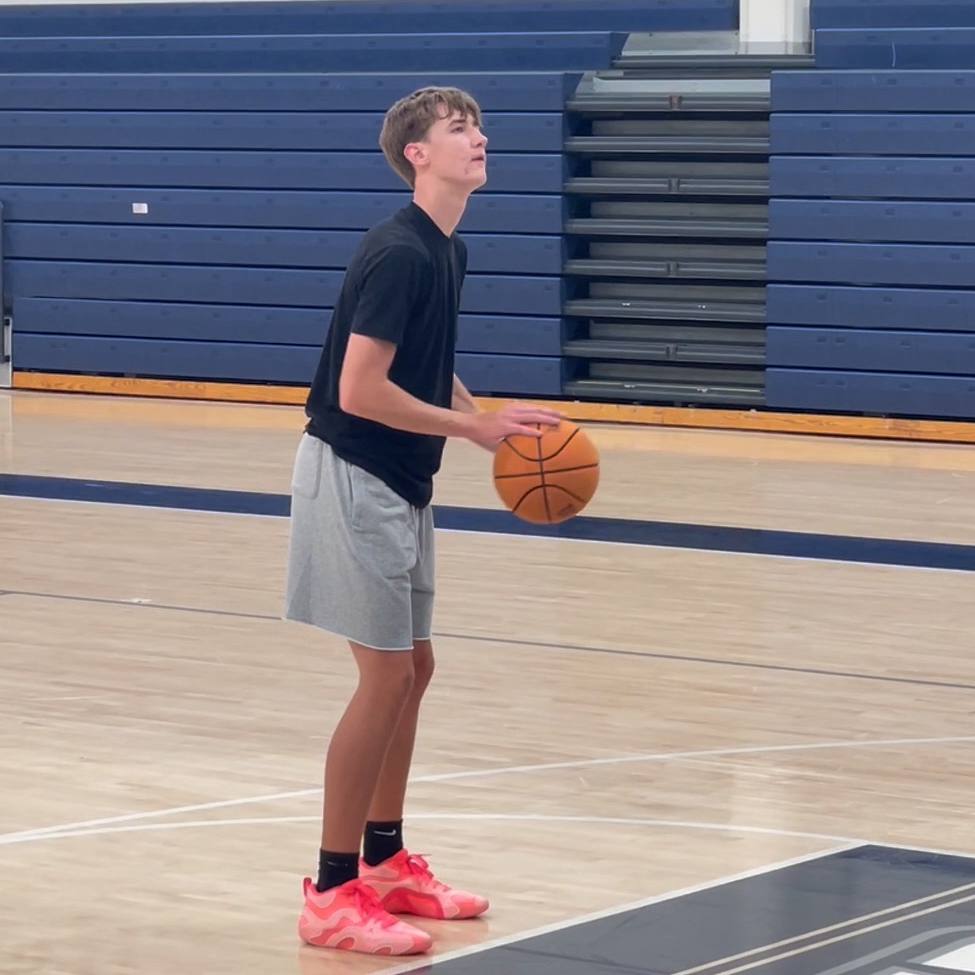
"It was amazing to see him back on the court after, you know, being told he couldn't play again," Brent says.
"We're very proud. He's been through a lot. He's very brave," Kristie says.
"Anything is possible. I came from being told I would never play again to playing at a very high level," Roman says. "You can do way more than what you think."
Related Articles
